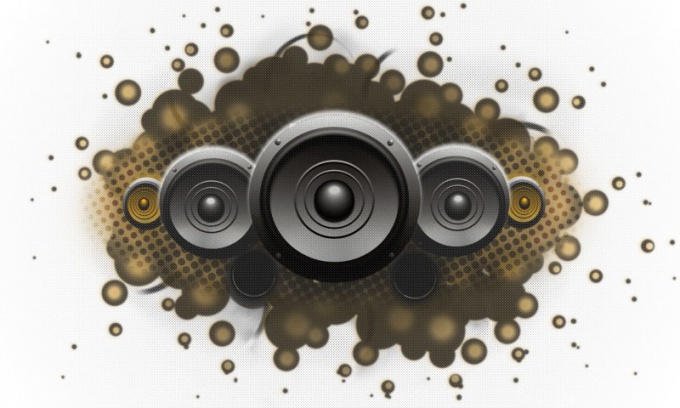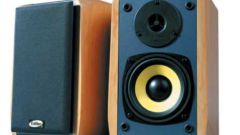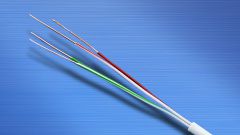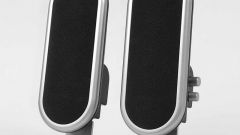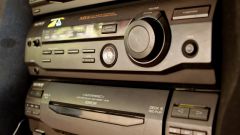You will need
- - a flashlight with an incandescent lamp;
- - test leads with insulated handles;
- - permanent marker;
- - voltmeter.
Instruction
1
To determine the polarity of dynamics, make the device-probe. Take a regular flashlight with incandescent bulb. Disconnect switch, which will need to connect two probes. Leads must be with insulated handles, because when the voltage is switched off, on the findings of the head appears a voltage of self-induction.
2
With a test voltmeter to check the polarity on the probes, then the probes apply to the appropriate designation. When the probes are pulled, the light should illuminate.
3
Disconnect the amplifier and the speaker system, unplug the power cord from the outlet. Then disconnect from the other circuits of the system insights to the dynamic head. Next, connect both probes to the terminals head, avoiding the touch of the conclusions and metal parts of the probes themselves. And diffuser look carefully. If it moves when connecting outside and inside – when you turn off, then the polarity is correct. If the picture is reversed, reverse the polarity of the probes, and then repeat the process.
4
On the frame heads indicate the polarity, preferably with an indelible marker, which corresponds to the polarity of the probes.
5
Repeat the same operations for the rest of the speaker system. And no matter via the crossover they are connected or directly, you should connect them in-phase so that the positive findings of the head were consistent with contact of red color on the rear of the actual column.
6
Check and readjust, if necessary, a second acoustic system. Check by closing the housing of two columns, whether they were connected to the amplifier. For performing such a connection cable, you may notice red marks. In any case, the conductor labeled should be connected to the terminal marked red and the one with no label – to terminal black.
7
Turn on the stereo and compare the sound that it makes now, with the sound that it made before your intervention.
